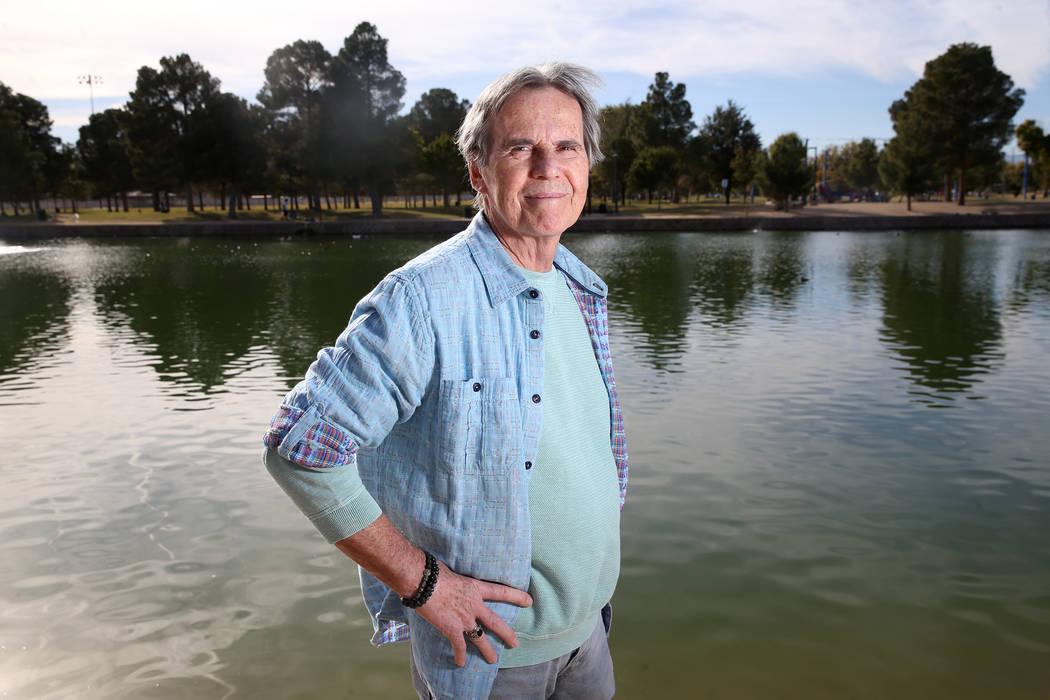Henderson Vietnam vet reunited with surgeon on PBS show

The buzzing Roger Wagner heard the morning of Dec. 30, 1967, is his most distinct memory from his service in Vietnam.
“I was with a group of buddies during familiarization (shooting training) when I heard it,” the 71-year-old Henderson resident said. “I asked them if they’d seen bees in Vietnam.
“They said no.”
Within minutes, Wagner said, a dust cloud formed around them.
“There’s only one thing that kicks up dirt like that,” he said. “Bullets. You don’t have to be taught that. You just know. I ran for cover by an old dead tree and felt something in my left leg. When I got to the tree, I reached down and realized I was bleeding.”
Wagner, who was sent to Vietnam two months earlier as an Army clerk and hadn’t expected to be fired upon, was transported to a pre-operative ward, where he learned that the bullet had split an artery. He was told his leg would have to be amputated.
When Wagner woke, still groggy from his time in surgery, he threw off the sheet covering his body. His leg was still there. He was told that a Dr. Katz had saved it.
Wagner saw Dr. Katz briefly after his surgery but didn’t get a chance to thank him.
That changed in June, when Wagner was reunited with Katz during filming of an episode of “We’ll Meet Again” with Ann Curry that aired Nov. 13 on PBS. A portion of the show, which dramatically reunites people who lose contact after meeting at pivotal points in their lives, was filmed in Las Vegas, and the rest in Washington, D.C. Wagner had been adamantly searching for Katz for years, with only his last name and profession to go off of.
“When they found me, the first thing I said was, ‘Well, does Roger have two legs?’ because these grafts can fail and things can go wrong,” said Dr. Mayer Katz, who lives in Delaware. “She wouldn’t tell me. When I saw Roger walk in on two legs, I started crying. It was unbelievable.”
Katz, 81, said he vividly remembers Wagner’s surgery. He’d bought a 35 mm camera to document a few of his surgeries; he said he treated over 400 soldiers in one year as an Army doctor in Vietnam. He kept photos from Wagner’s operation.
Katz said he was confident heading into the operation.
“I’d just finished my training in surgery at Boston City Hospital, and we had a very heavy concentration of training in vascular surgery (surgery of the arteries). It was something I’d done many times before, and I’m not sure why the other doctor told him it would have to be amputated.”
Wagner, like Katz, recalls the procedure vividly.
“He took a vein out of my right leg, up by my groin, and cut the artery on the top and the bottom of the wound and sliced that vein into my artery,” Wagner said. “Think of it just as a straw and then cut out a one-inch section, and then take another straw and glue it into that one.
“It’s a miracle.”
Contact Mia Sims at msims@